Probably the most unforgettable experience that nature lovers can get from a visit to any nature setting is whale watching. It would be such a moment-changer to behold those huge marine mammals in their natural habitat.
Be it excitement that hooks when one gets a glimpse of a breaching humpback or quiet respect that flows while observing a blue whale swaying through the water, whale watching offers something unique and unforgettable.
In this article, we take you to some of the best places for whale watching around the globe and discuss in detail what makes each location unique, the whales you might encounter, and some tips on how to make the most out of your whale-watching experience.
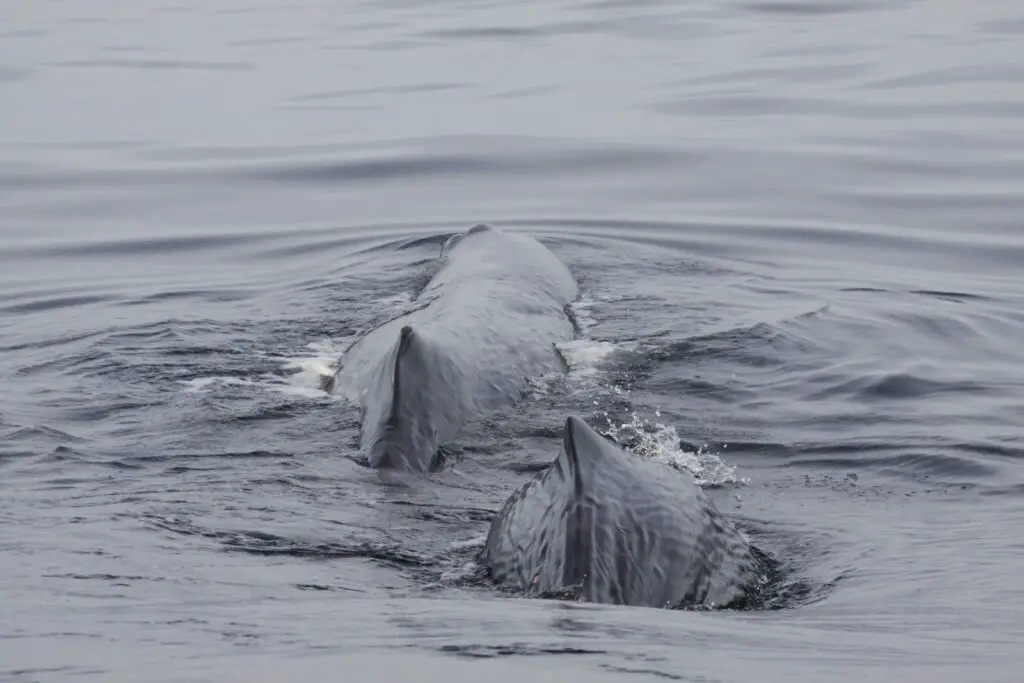
The Pacific Northwest: A Whale Watcher’s Paradise
The Pacific Northwest, particularly around the San Juan Islands in the state of Washington, is renowned for its thick populations of orcas, commonly referred to as killer whales.
Here, orcas mainly appear during summer seasons and throng at this site due to excessive salmon. However, the coastal and inside waters of the islands serve as a magnanimous scenery with rugged shorelines and misty forests, on top of that.
Besides orcas, you will have opportunities of spotting gray whales, humpback whales and minke whales. The best time to visit here is between May and October, while peak sightings occur between July to August.
Personal Experience: Orcas at Close Hand
On one of our team’s tours to the San Juan Islands, it was luck indeed to observe a pod of orcas up close.
The orcas were very silent as they swam in an orderly manner that was belied by the slicing through the water dorsal fins. One of the orcas even breached right in front of us and created a huge splash drenching everyone on board.
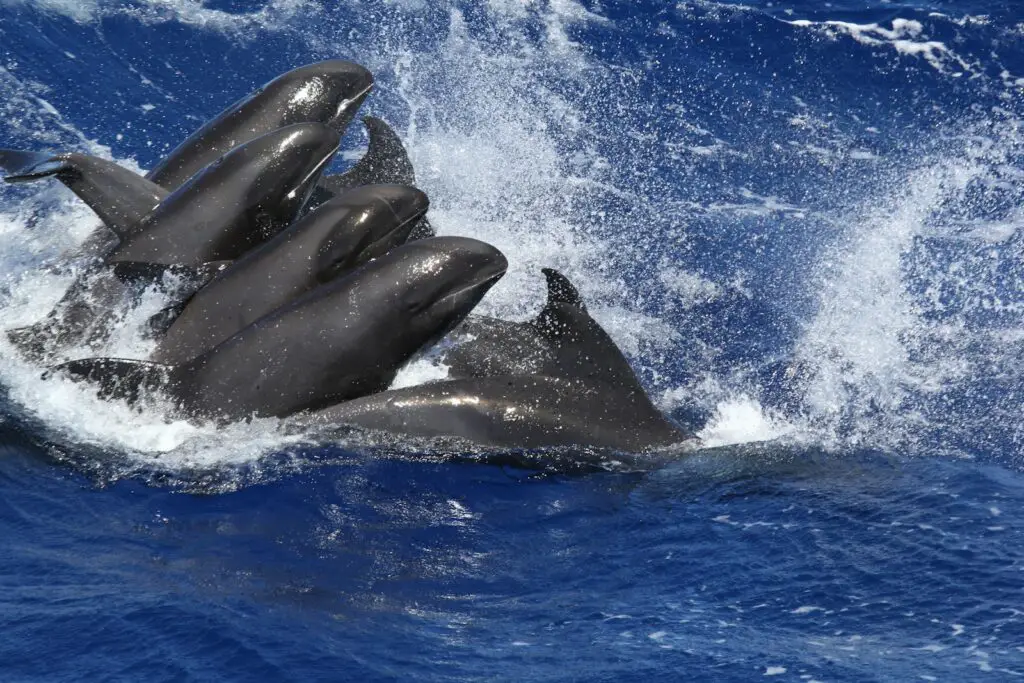
It was an exciting moment that none of us will forget anytime soon. From this encounter, we confirmed our belief that Pacific Northwest is one of the very best in whale watching destinations.
Iceland: The Land of Fire, Ice and Whales
Iceland is known not only for its landscapes and volcanic activities but also as a go-to destination for whale watching. In fact, Husavik is one of those places commonly called the whale-watching capital of Europe with spectacular access to one of the best places to view the humpback whales, minke whales, and even the blue whales.
The Skjalfandi Bay in Huskavik offers productive waters that are endowed with nutrient-rich properties that attract these large marine animals.
The scenic scenery for whale watching in Iceland is volcanic mountains and glaciers. The best time to visit is April to October, primarily during June to August.
Hervey Bay of Australia is known as the Humpback Highway.
Located on Australia’s east coast, Hervey Bay is one of the world’s top whale-watching destinations. Humpback whales migrate annually between July and November to warm the waters of the Great Barrier Reef, where they mate and give birth. During this time, the whales relax and can often be seen playing.
Onlookers can see calves being educated in breach, and the curiously inquisitive young whales approach boats, providing a close encounter which can’t be matched. The transparent, warm waters and being able to view moments such as these between mother and calf make Hervey Bay a destination that shouldn’t be missed for those whale watchers.
South Africa: Where Two Oceans Meet:
South Africa is a well-known destination for whale watching from land. The top destination for land-based whale watching is the town of Hermanus. Hermanus is situated on Walker Bay where southern right whales come to mate and calve from June to December. The town even has a “whale crier” who blows a kelp horn to announce whale sightings.
A very special feature of whale watching in Hermanus is that one does not need to board a boat to see the whales. There are numerous cliffs along the coast from which to view these mighty mammals. Boat tours also enable one to view humpback whales, Bryde’s whales, and orcas.
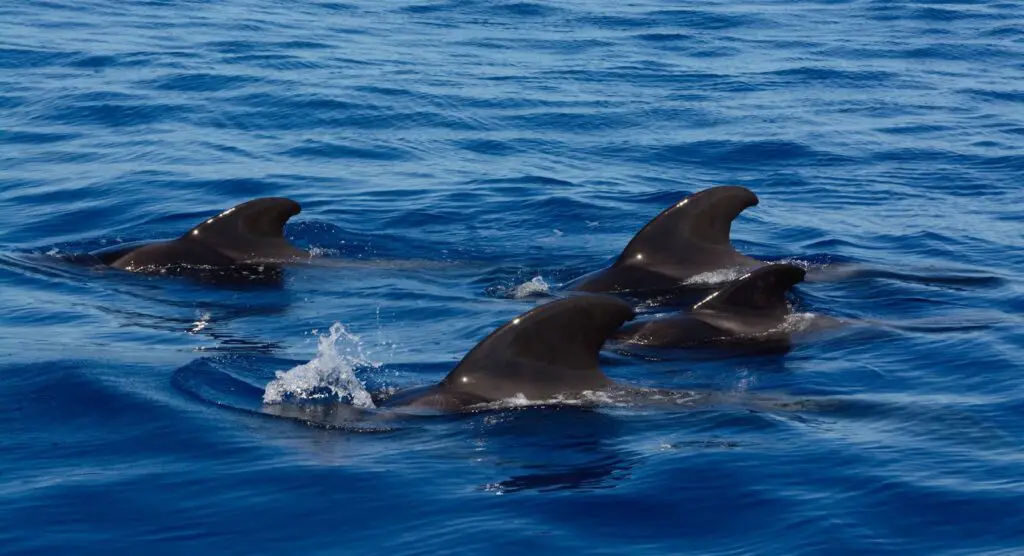
Bay of Fundy, Canada: Tidal Craziness and Whales
Whale watching in Bay of Fundy becomes especially exciting with the rich marine life that you may expect to encounter. While you are there, apart from whales, you may catch a glimpse of dolphins, porpoises, and numerous varieties of seabirds. The best time is from June to October; peak months being August and September.
Situated between New Brunswick and Nova Scotia provinces, Bay of Fundy is the bay with the highest tide in the world. With this tidal condition, it is the perfect place for feeding grounds for whales and other species, such as humpback and minke, as well as North Atlantic right whales, all listed on the endangered species list.
Arctic Waters of Norway: Whales Under the Northern Lights
For example, the winter months bring special whale-watching opportunities above the Arctic Circle in Norway-to be precise, in Tromsø. From November to January, the fjords around Tromsø are feeding grounds for orcas and humpback whales, who are attracted here by herring numbers; but what makes this experience particularly unique is the possibility of seeing whales under the Northern Lights.
The snow-dusted mountains and ice-filled fjords form a fantastic fairy-tale Arctic winter landscape. In addition to orcas and humpbacks, you may see fin whales and sperm whales in these waters.
Azores, Portugal: A Whale Sanctuary in the Mid-Atlantic
Located in the Atlantic Ocean and surrounded by deep waters, the Azores are among the best destinations worldwide in terms of whale watching. More than 20 species of whales, including sperm whales, blue whales, and fin whales, stay in deep water around the islands. It was a whaling harbor at one time, but Azores is now a haven for these gentle sea giants.
It is possible to whale-watch all year round in Azores, but the best months to visit fall between April and October when you are likely to catch migrating species, such as the blue whale. The rough volcanic landscapes of the islands serve as breathtaking scenery for your whale-watching experience.
Glacier Wonderland Inside Passage, Alaska
Inside Passage is one of the networks of fjords and islands forming much of the southeastern coast of the state, it offers a great whale-watching destination.
In Inside Passage, Humpback whales are its stars of the show. Often seen here during the summer months, breaching, slapping tail, and bubble net feeding. Other species of whales found in these Inside Passage waters include orcas, grey whales, and minke whales.
But what makes whale watching from Alaskan truly special is the dramatic scenery. Towering glaciers and snow-capped mountains, set with lush green forests, create a breathtaking backdrop for the experience. The best time to visit is between May and September.
Sri Lanka: A Tropical Whale Watching Paradise
Sri Lanka, especially the southern coastal town of Mirissa, is one of the finest places in the world to see blue whales. Between the months of November to April, these large marine creatures pass through the waters off the coast of Sri Lanka. Hence, it becomes a rare opportunity to have a close look at them. Besides blue whales, sperm whales, Bryde’s whales, and dolphins can also be spotted here.
Sri Lanka is unique when it comes to the warm and clear waters of a tropical climate in this place of whale watching. The lush landscapes and rich cultural heritage of the island add great appeal to this place that attracts the nature lovers and adventure-seekers alike.
New Zealand’s Kaikoura: Whale Watching Sanctuary
Kaikoura is known globally as one of the top locations for whale watching. It is on New Zealand’s South Island’s east coast and has a deep offshore canyon along the coast, with many nutrients being deposited into the ocean, thus making it possible for most whale species like sperm whales, humpback whales, and orcas.
Resident sperm whales live and breed in the area, hence Kaikoura is one of the places around the world where you’re most likely to see these wonderful creatures at any time of the year.
Besides whales, several thousand seals and dolphins make Kaikoura a haven for marine life. The stunning coastal scenery makes it even worth visiting, complemented by the backdrop of the Kaikoura Ranges.
Whale species and viewing destinations
Here is a very short list of some of the most common whale species and the best places to view them.
- Humpback: Australia (Hervey Bay), Alaska (Inside Passage), and Iceland (Husavik)
- Blue whale: To be found best in Sri Lanka (Mirissa) and the Azores (Portugal)
- Orca, or Killer whale: Commonly seen in Norway (Tromsø) and the Pacific Northwest (San Juan Islands)
- Sperm whale: New Zealand (Kaikoura) and the Azores (Portugal).
- Gray Whale: Typically sighted on the West Coast of North America in Mexico’s Baja California.
- Minke Whale: Seen in Canada, Bay of Fundy and Iceland, Husavik.
- Southern Right Whale: Seen in South Africa, Hermanus, and Argentina, Peninsula Valdes.
- Fin Whale: Seen in the Azores, Portugal, and Iceland, Reykjavik.
- Bryde’s Whale: Seen in Sri Lanka, Mirissa, and South Africa, False Bay.
- Beluga Whale: Arctic regions, Canada (Churchill), and Russia (White Sea).
How Our Team Came Up with These Ideas
Our team consists of passionate travelers, marine biology buffs, and writing professionals who share a deep passion for nature and wildlife. We spend hours researching these locations, talking to guides in those regions, and trying some of them ourselves. From this collaborative work, we have come to put together this list to guarantee you get the most accurate and updated information about the best whale-watching spots.
The idea was to give an all-inclusive guide on a tour that caters both to veterans in whale watching and those never to explore this beautiful experience.
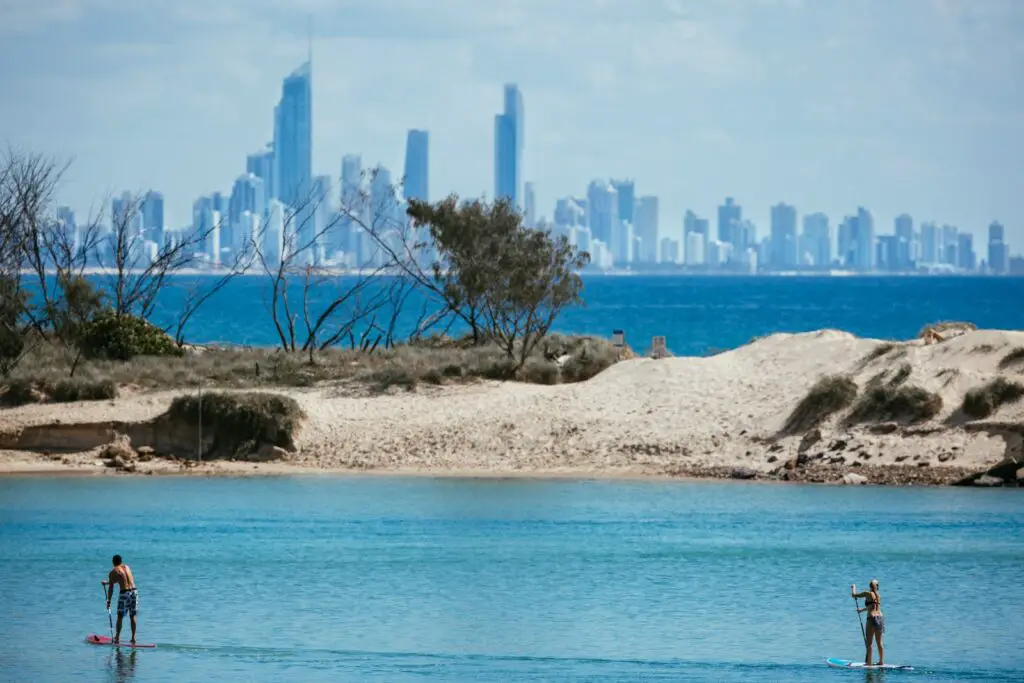
Final Thoughts
Whale watching, however, was not just about spotting those fabulous creatures; it meant connecting with nature, going to the core. From Iceland’s dramatic landscapes, with their perfectly sculpted volcano peaks, to the tropical waters of Sri Lanka, and the icy fjords of Norway, all seem to promise something different.
Plan your whale-watching adventure and respect the fact that these are wild animals in their natural habitat, and patience is a virtue. Respect the environment, observe local guidelines, and take a moment to appreciate the incredible world beneath the waves.
May these destinations inspire your next adventure, and may your encounters with these gentle giants be as memorable as they are magnificent.

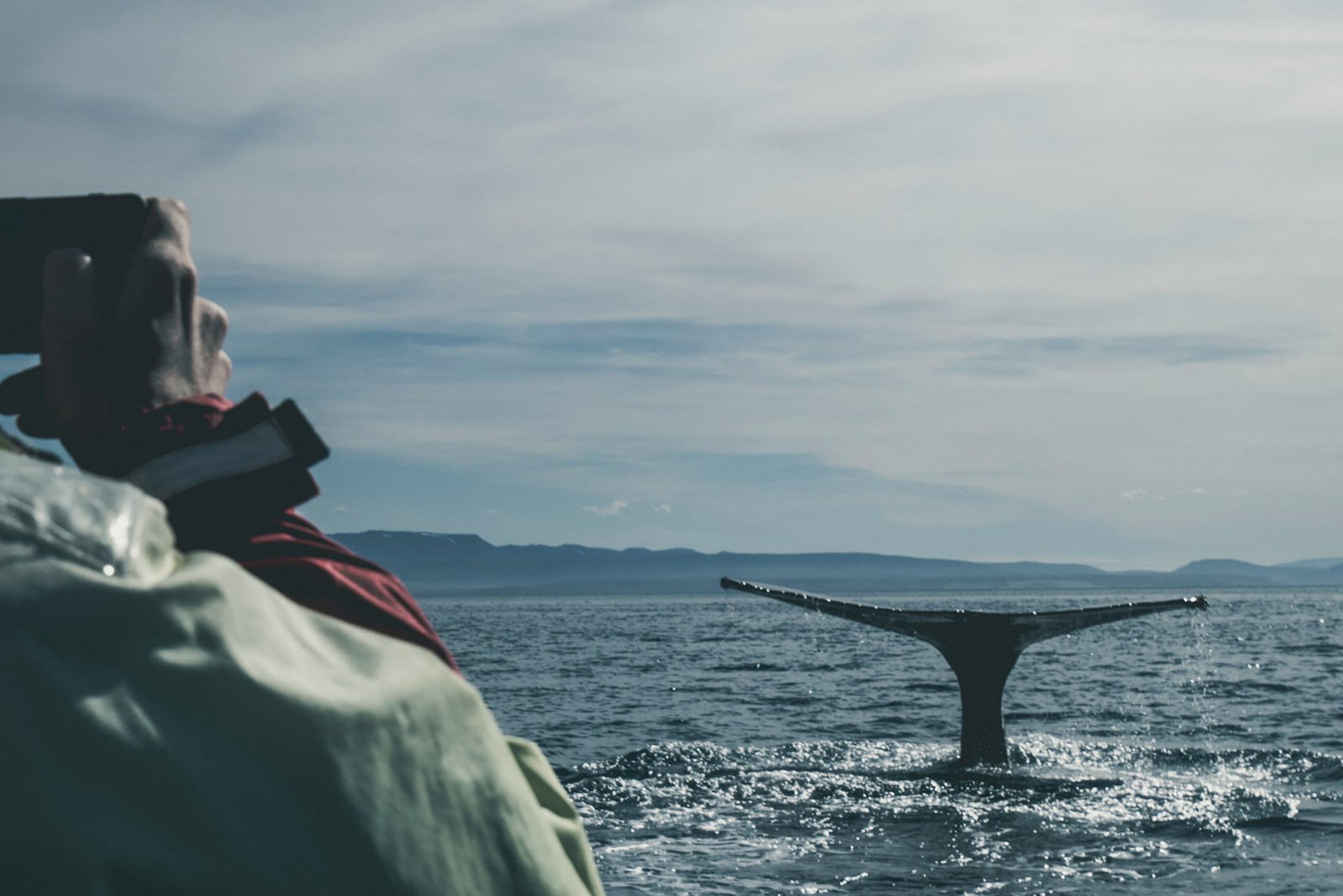
Leave a Reply